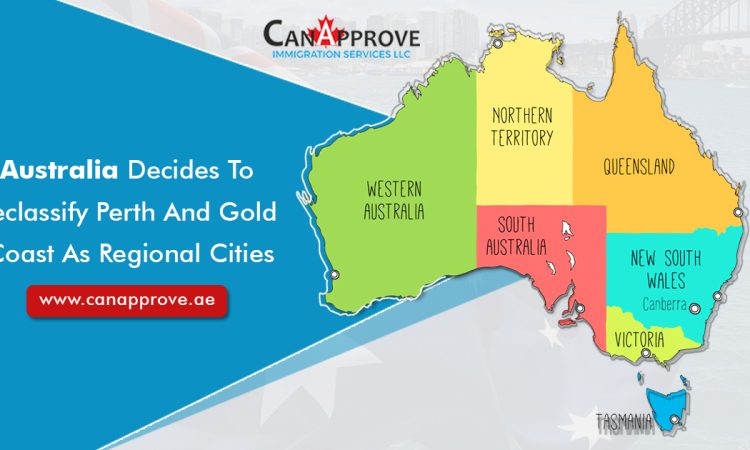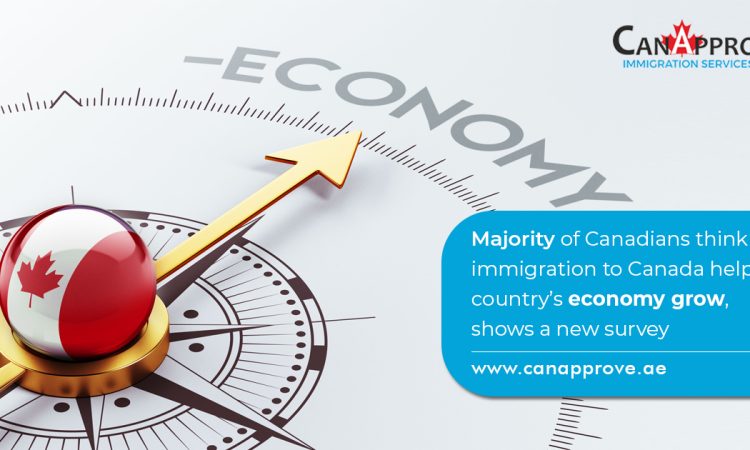With an aim to allow prospective immigrants to build stronger ties with the communities in Manitoba, the province is inviting bilingual francophone candidates to conduct a pre-arranged exploratory visit to the province. During these visits, the skilled worker applicants for provincial nomination from Manitoba can explore the employment opportunities and communities in the province, which would help them make informed decisions regarding settling here. An MPNP interview will be part of all such exploratory visits, which may result in an invitation to apply for provincial nomination from Manitoba.
Though Manitoba has one of the largest francophone populations in Canada, the recent years have witnessed a plunge in their population size. According to the 2016 census of Canada, 46000 people in the province have French as their mother tongue. It means a decline of 3.6 percent compared to the year 2011.
Manitoba is organizing the exploratory visits in association with the Conseil de développementéconomique des municipalitésbilingues du Manitoba (CDEM), which supports economic development of the bilingual communities in the province.
Manitoba government expects that CDEM’s participation will help prospective francophone immigrants to build stronger ties to francophone communities in Manitoba and explore economic opportunities in the province. The MPNP has also updated its candidate screening guidelines with an aim to help facilitate the exploratory visit application processing and selection criteria.
Manitoba Skilled Worker Immigration Stream
The categories under the Manitoba Skilled Worker Immigration stream operate on the basis of an Expression of Interest system. EachExpression of Interest profile is then awarded a score on the basis of a number of eligibility factors. The highest scoring candidates are invited to apply for a provincial nomination from Manitoba. Upon receiving a Letter of Advice to Apply, the candidate may apply for provincial nomination within 60 days. Once the candidate obtains the provincial nomination, they can apply to the Immigration Refugees and Citizenship Canada(IRCC) for permanent residence in the country.
Are you interested in making Canada your permanent home? Know more about Canada migration and provincial nominee programs by contacting our expert Canada immigration consultants.
 WHATSAPP
WHATSAPP










